curated by Chiara Ghidelli and Chiara Granata | reviews by Chiara Ghidelli
Found footage, defined as “the practice of reusing preexisting material, edited so as to produce something that is at times abstract, at times ironic, political or counter informative”, is seemingly making a comeback. After being used in blockbuster movies and TV productions, whether commercial or auteur cinema, archive footage is finally being employed in fiction, video clips, and the mainstream world. This, despite being historically merely used in documentaries and niche productions. In the age of vintage craze, fake news, and picture overdose, reusing archive footage is getting the validation and attention that it never got before.
That’s why, for its 22nd edition, the Concorto Film Festival decided to allocate a space to these new forms of expression: Mnemosyne. The name “Mnemosyne” is a reference to the title of one of Warbug’s works, which proved how our visual culture is filled with recurring images. Hence, the focus on analyzing and showing the conventions and aesthetics of found footage in today’s world. Through fiction, documentaries, experimental forms of expression, and video clips, Mnemosyne is therefore portraying this new trend, giving archive footage the chance to venture into all the spaces it couldn’t explore before.
The selected shorts
curated by Chiara Ghidelli and Chiara Granata
Condition D’élèvation (State of Elevation), Isabelle Prim, 2021, France
Dima, Dmitry, Dmytro. Glory to the heroes, Clemens Poole, 2022, Ucraine
Home When You Return, Carl Elsaesser, 2021, USA
La Hija de la Azafata (The Stewardess’ Daughter), Sofía Brihet, 2022, Argentina
Long time no techno, Eugenia Bakurin, 2022, Germany
Majmouan (Subtotals), Mohammadreza Farzad, 2022, Poland/Germany/Iran
Mary, Mary, So Contrary, Nelson Yeo, 2019, Singapore
Persiamia, Stefano P. Testa, 2017, Italy
White Afro, Akosua Adoma Owusu, 2019, Ghana
Condition D’élèvation (State of Elevation), Isabelle Prim, 2021, France, 20’
In an undefined place stands what appears to be a centre for space studies. Some men argue while, not far away, preparations for an unusual departure proceed. The protagonist of the story is a young girl with a big secret: a mysterious meeting that took place in an equally undefined and mysterious place in space. Stock footage and photographs are interlaced with voices and sounds to construct the narration of a memory that only the eyes of the young girl has seen, but which seems to contain a truth that is as fundamental as it is urgent. In an attempt to recount an elusive event that is impossible to visualize, Isabelle Prim gives new life to the archives of the Centre National d’études spatiales, playing in the territory of fiction without ever betraying the veracity and validity of the images of reality. Searching for new layers of connections and meanings, Condition D’élèvation succeeds in the complex operation of constructing new imagery, allowing the repertoire to explore new spaces, far from itself.
Dima, Dmitry, Dmytro. Glory to the heroes, Clemens Poole, 2022, Ukraine, 24’
Lugansk, Ukraine. It is 1995 and a child is playing in the streets with memories in a family film. Through the aesthetics of the private archive image, Clemens Poole mixes and investigates the old and the new history. “This is my film, even though I didn’t make it or write it,” says the American artist, creating a metalinguistic narrative capable of reflecting on itself and its identity and historiographical role, stressing the archives, interrogating them and always asking them for more. The child, protagonist and hero of this story, speaks in the first person about someone who is not himself. Elevating the private story to a universal dimension Dima, Dmitry, Dmytro. Glory to the heroes reflects in images the old and the new Ukraine in search of heroes of small and big history.
Home When You Return, Carl Elsaesser, 2021, USA, 30’
Among the places par excellence of memory, preservation of memories and formation of identity, home is the most narrated and stratified. Through the hybridisation of images, points of view and audiovisual materials of various kinds, Home When You Return joins this strand by creating an experimental melodrama. Born from the union of J.T. Baldwin’s films of the 1950s, ex-novo filming and animation with a strongly experimental and artisanal aesthetic, Carl Elsaesser composes a female narrative, capable of traversing the story of three women through their absences within a place as present and intrusive as the home. A portrait of a filmmaker, a grandmother and a mother, the images tell of their complexity, closeness and above all their elusiveness. All this, thanks to a meaningful manipulation of the image capable of questioning its testimonial value, by virtue of creating new readings of the past and the identities of known and unknown people. A tale about the impossibility of capturing, about the sedimentation of a phantom memory, about the traces and voids it leaves behind. A tale of absence and life.
La Hija de la Azafata (The Stewardess’ Daughter), Sofía Brihet, 2022, Argentina, 8’
An old advertisement for an alcoholic beverage resonates like a distant but familiar motif. Within it, with disarming randomness, Sofia Brihet recognises the equally familiar face of her mother. The estranged act of recognising a version of the woman that the director has never been able to attempt gives rise to a stream of consciousness, an analysis of identity and gender that can reach universal echoes. This portrait is the result of an insistent and repeated interrogation of repertoires that merge into a smoky past made up of private and public images, juxtaposed almost as if to find the differences. Through iterations, repetitions and voice over, La Hija de la Azafata narrates the gaze of a daughter in the act of recognising herself through the image of a woman so near and so far at the same time.
A reflection on the power of archives and images of the past, on their empathic power to be recognised as activators of memories as foreign as they are familiar
Long time no techno, Eugenia Bakurin, 2022, Germany, 4’
The Odesa Film Studio was one of the first film studios in the former Soviet Union. It houses an audiovisual patrimony supervised by the Department of State Property of Ukraine, together with the Ministry of Culture and, like many other institutions, its protection is now threatened by the Russian army. With a political and poetic attic, Eugenia Bakurin recovers some fragments of it, composing a collage of bodies in movement that narrate a freedom of action and expression. Created by combining scenes from children’s films of the 1970s and 1980s, Long time no techno brings back to the present the images of journeys, adventures and dreams that have shaped entire generations. On the notes of a vitalising, experimental techno music that transports one into a free fruition like that of a video clip, the story becomes a vehicle for a stream of images of a lost childhood and a mouthpiece for two countries.
Majmouan (Subtotals), Mohammadreza Farzad, 2022, Poland/Germany/Iran, 15’
The kisses given. The ones received. The homes one has lived in. Brothers. Children. Genuine laughter. Times in which one was born. Times in which one has died. These are just some of the numbers collected in Majmouan, a life story and anthology of experiences. Inspired by Gregory Burnham’s short story of the same name and the text Self-portrait by Édouard Levé, the work assembles some of Iranian home movies shot on 8mm film of common and familiar situations, structuring a psychic and suffered narrative of an unnamed protagonist who finds himself making point of his life. A tale in stages enunciated by a voice-over from a non-place and a non-time, and who seems to have lived many lives. A poem scanned in numbers, a repertoire of memories capable of restoring the complexity of an entire interior landscape.
Mary, Mary, So Contrary, Nelson Yeo, 2019, Singapore, 15’
Ma Li is a Chinese woman given in marriage to a groom. From her wedding night, her dreams give her no peace. She often dreams that she is a Caucasian woman named Mary. Through the exploration of her subconscious, Ma Li goes through a bad crisis. Made from the union and reuse of two classic films and the director’s own footage, Mary, Mary, So Contrary constructs a black fable with disturbing and dreamlike tones, in which finding one’s way becomes increasingly difficult, as much for the spectator as for Ma Li. It is a journey into the mind of a woman turned wife who finds herself dealing with a new version of herself so similar and so unrecognisable at the same time. Nelson Yeo’s work tells how the potential of found footage, when interrogated, can contain infinite stories and infinite worlds.
Persiamia, Stefano P. Testa, 2017, Italy, 5’
Made for the track by Chicken Bushido, Persiamia collects material from the Cinescatti archive of Bergamo, which was born out of a Lab80 project aimed at valorising family and amateur films. A narrative that transports us into an imaginary world that has something magical about it, that of the circus, but which soon reveals dark sides exposed to the light of day. Through the language of the video clip, Stefano P. Testa assembles a narrative with strong political and authorial connotations, recreating a world that is apparently like in fables but cruelly real. A microcosm that accompanies a song without a voice in an operation of mutual reinforcement and accompaniment towards a world unreadable in its impossibility of distinguishing reality from fantasy, victims from tyrants. A world that is exactly like ours
White Afro, Akosua Adoma Owusu, 2019, Ghana, 6’
An institutional video tutorial on how to do an Afro hairstyle merges with the testimony of a woman – the filmmaker’s mother – an ex employee of a hairdressing salon where this fashion was having a big success. A portrait of a controversial era of changes and political acts, White Afro becomes a timeless tale, capable of representing the politics and hypocrisy of human nature. Playing with the possibilities of film, turning it around by editing its perception and content, Akosua Adoma Owusu’s work becomes a narrative around the theme of beauty, the canons it carries, their instability in time and space, showing that everything, in one way or another, is also a political choice.

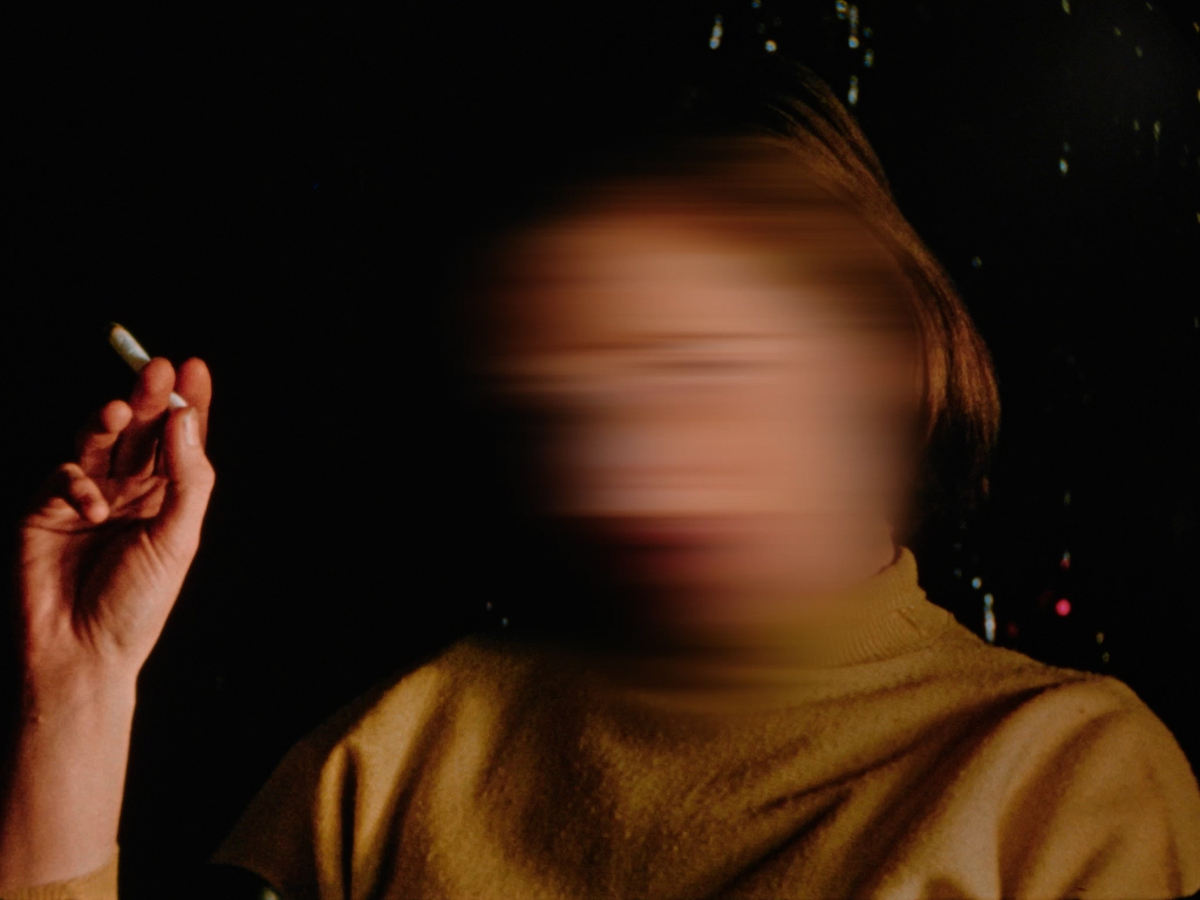
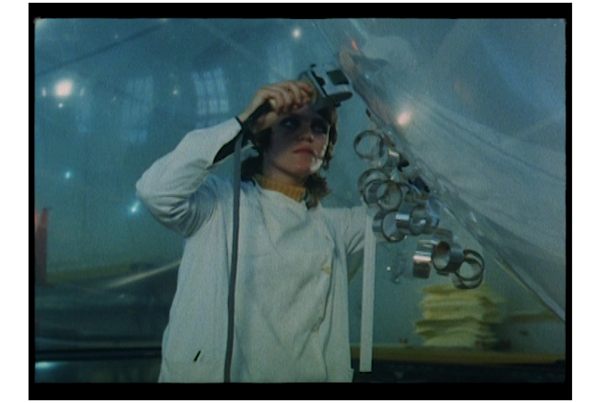
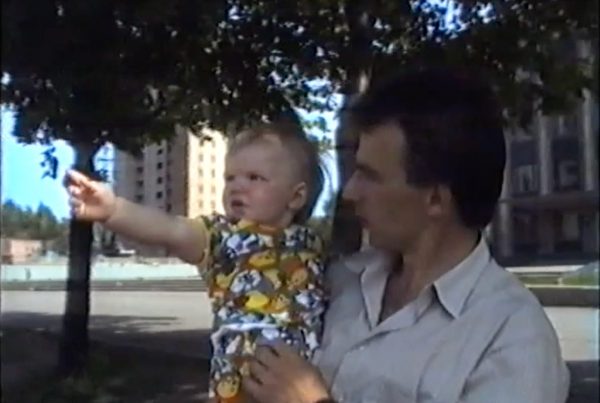

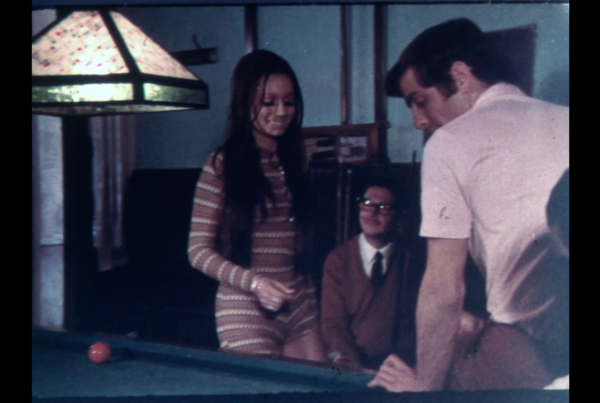


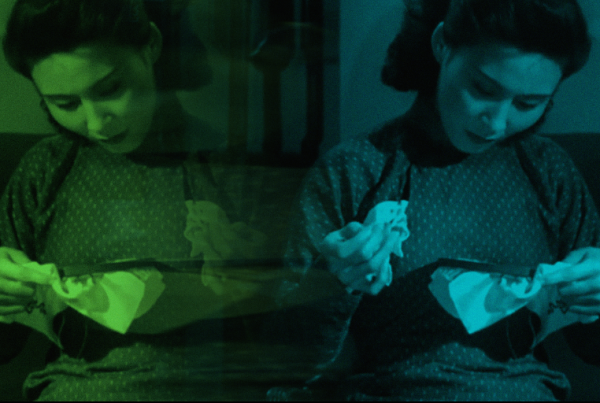



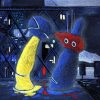




Commenti recenti